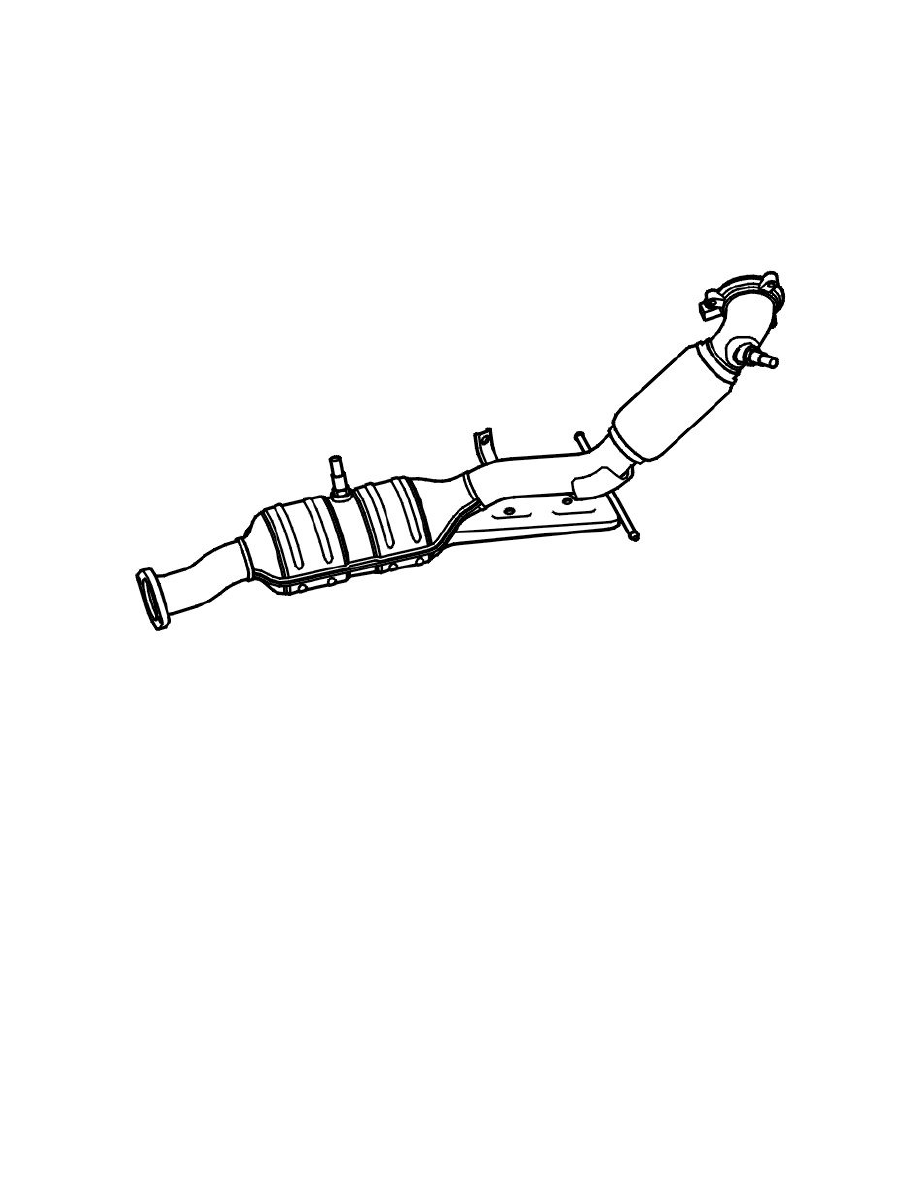XC70 L5-2.5L Turbo VIN 59 B5254T2 (2003)

Catalytic Converter: Description and Operation
Catalytic Converter (TWC) Diagnostic
Catalytic converter diagnostic
-
For 5 cylinder engines, see Catalytic converter diagnostics 5 cylinder
-
For 6 cylinder engines, see Catalytic converter diagnostics 6 cylinder.
Catalytic converter diagnostics 5 cylinder
The three-way catalytic converter (TWC) stores oxygen from the exhaust gases and uses it to make toxic gases more environmentally friendly. The
catalytic converter is a 3 way catalytic converter in which HC (hydrocarbons) and CO (carbon monoxide) are oxidized and NOx(nitrous oxide) is
reduced. As the three-way catalytic converter (TWC) ages its ability to store oxygen drops. This reduces the conversion capacity of the three-way
catalytic converter (TWC). To avoid dangerous emissions the engine control module (ECM) checks three-way catalytic converter (TWC) efficiency. In
brief, this check is carried out as follows.
Two heated oxygen sensors (HO2S) are used to check the three-way catalytic converter (TWC), one upstream of the converter and one in the center of
the converter (the rear heated oxygen sensor (HO2S)). The main function of the heated oxygen sensors (HO2S) is to measure the oxygen content in the
exhaust gases so that the engine control module (ECM) can maintain the fuel / air mixture at around lambda=1. This mixture allows for optimum
catalytic conversion. To determine catalytic converter efficiency the amplitude of the heated oxygen sensor (HO2S) signals is compared (amplitude is a
measure of signal oscillation).
When efficiency of the catalytic converter is good and the fuel / air mixture is normal, the front probe signal switches between rich and lean while the
rear probe signal is steady. If the three-way catalytic converter (TWC) efficiency is poor but the fuel / air mixture is normal, the rear probe signal will
also switch between rich and lean. This is because the exhaust gases flow straight through the three-way catalytic converter (TWC) without being acted
on. If the amplitude of the rear sensor becomes too great in relation to the amplitude of the front sensor for a number of checks, a diagnostic trouble code
(DTC) will be stored for catalytic converter efficiency.
Catalytic converter diagnostics 6 cylinder
